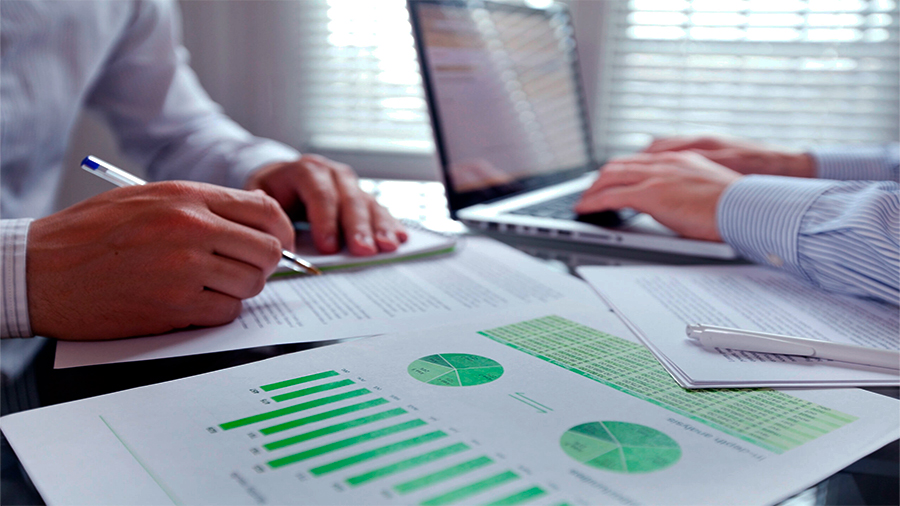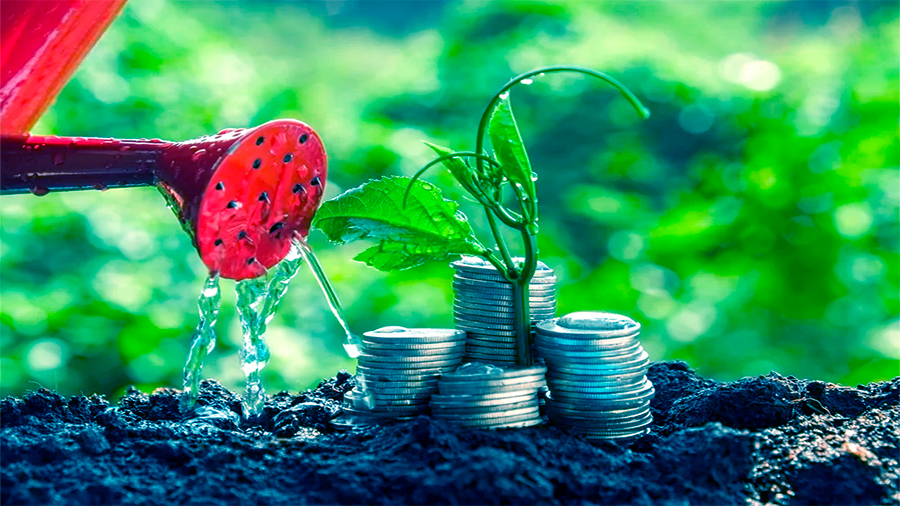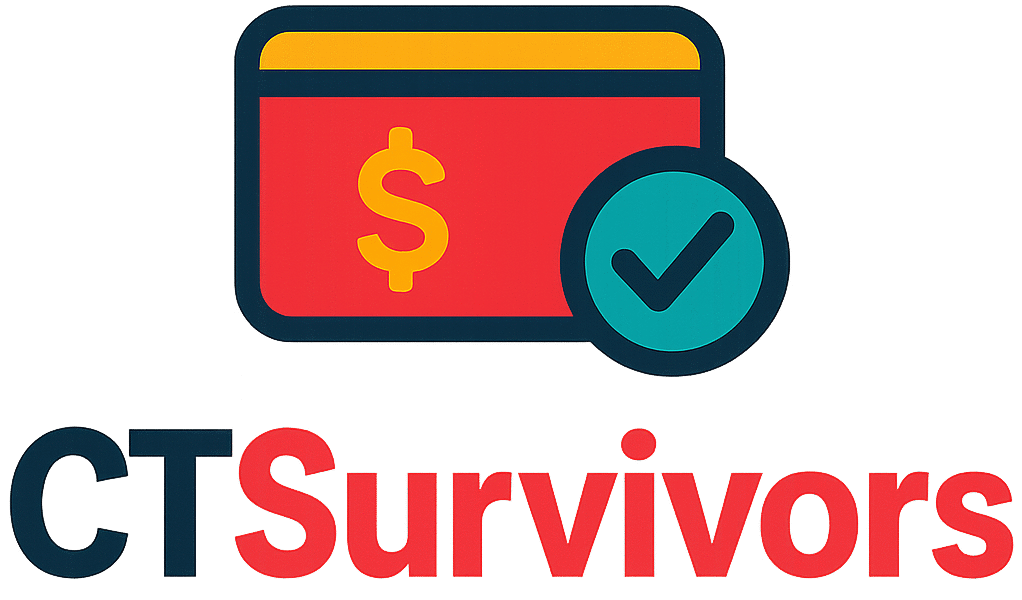Financing a better planet starts with the right tools. That’s the promise of green loans — money set aside for people who want to make sustainable changes. Whether it’s retrofitting a home, buying an electric car, or installing solar panels, green credit makes it possible to invest in the future without emptying your savings. But behind the optimism lies a more complicated story. These loans aren’t always as accessible as they seem. And the fine print matters more than ever.
What Exactly Is a Green Loan?
A green loan is a financing product where the money must be used for a clearly defined environmentally friendly purpose. That could mean upgrading your home’s insulation, installing a heat pump, buying a low-emission vehicle, or even switching to sustainable farming methods. The borrower agrees to spend the funds on a green project, and the lender may require documentation proving the impact of the investment.
How Green Loans Work in Practice
In structure, they’re not much different from traditional personal or business loans — you get a lump sum and repay it over time with interest. The difference lies in the restrictions and reporting. Green loans may include:
- Lower interest rates or state-backed subsidies
- Use-of-proceeds clauses that limit spending to certified green purposes
- Monitoring requirements for larger or commercial loans
This means that a green loan isn’t just about the borrower’s profile — it’s also about the project itself. Banks are taking reputational risks by advertising green portfolios, and they’re becoming stricter in verifying the real impact.
Who Are These Loans For?
In theory, green loans are for everyone. In reality, they’re often taken by middle-class homeowners, businesses, or farmers with access to credit. Getting approved still depends on your credit score, employment status, and ability to repay. Renters? Often excluded. Low-income borrowers? Not the target market.
Approval Likelihood by Profile
| Applicant Profile | Access to Green Loans | Common Barriers |
|---|---|---|
| Homeowners with stable income | High | Few limitations |
| Renters | Low | Can’t modify property |
| Young professionals | Moderate | Short credit history |
| Farmers in rural areas | Variable | Collateral requirements, red tape |
| Small green startups | Low | Project risk, unclear classification |
The irony? The people most motivated to switch to greener practices often face the most obstacles in doing so.

What Counts as a “Green” Purpose?
It’s not just about buying a product with a leaf on the packaging. To qualify for a green loan, the project usually needs to fall into a recognized category — something with measurable environmental benefit. In the EU, for example, lenders often align projects with the Taxonomy Regulation, which defines what’s considered sustainable.
Typical Qualifying Projects
- Home upgrades (energy-efficient windows, insulation, heat pumps)
- Solar panels and off-grid systems
- Electric vehicles and EV charging stations
- Low-impact construction materials
- Water-efficient irrigation systems
- Transitioning to organic or regenerative agriculture
Each bank has its own rules, but they’re trending toward stricter verification. Some require invoices, installation receipts, or even pre-approval for the contractor or vendor you use. It’s a paperwork game, but it protects against “greenwashing.”
Are Green Loans Really Cheaper?
Sometimes. Not always. In competitive markets, some banks offer reduced interest rates as a way to build green credentials. Others participate in public subsidy programs that cover part of the loan cost or offer repayment bonuses. But don’t expect miracles — many green loans are priced close to conventional rates. What you may gain in terms of environmental benefit, you might not always save in cash.
Green Loan vs. Standard Loan: Cost Comparison
| Loan Type | Interest Rate (Avg.) | Repayment Period | Special Conditions |
|---|---|---|---|
| Standard personal loan | 6–9% | 3–7 years | None |
| Green personal loan | 4–7% | 3–10 years | Proof of environmental use |
| State-subsidized green loan | 0–3% | 5–15 years | Eligibility & reporting requirements |
Bottom line: don’t assume a green loan is automatically cheaper. Run the math. Look for hidden fees. And always compare offers before signing.

Public Programs That Support Green Lending
Governments are getting involved — heavily. Across the EU and other regions, state incentives and guarantees are being offered to promote energy efficiency and low-carbon transitions. These can significantly reduce borrower costs or ease access by de-risking the loan for banks.
Examples of Green Loan Programs
- Italy’s Superbonus 110% — Offers tax deductions for home efficiency upgrades
- Germany’s KfW Programs — Public bank supports residential and business green investments
- France’s MaPrimeRénov’ — Direct financial aid for energy renovations
- United States Energy Efficient Mortgages (EEM) — Allows higher loan limits for green improvements
These programs aren’t just handouts. They aim to trigger systemic behavior change — and, when done well, they work. But they also come with bureaucracy. Be ready for documentation, eligibility checks, and sometimes, long waiting periods.
Greenwashing: A Real Concern
Not every loan labeled “green” truly is. Some banks have been criticized for rebranding standard products with green terminology to appeal to eco-conscious customers. Without strict definitions or enforcement, it’s easy for lenders to exploit the label without funding real environmental change.
This is why transparency matters. Always ask your lender:
- What qualifies the loan as green?
- Are there reporting requirements?
- Is there a third-party certification?
- What happens if the project turns out not to meet the green criteria?
If you’re going green, go all the way. Don’t settle for vague promises. Ask for proof.
Tips for Borrowers Considering a Green Loan
- Start with a clearly defined project. Know what you want to finance and why.
- Compare both green and standard offers — sometimes the label comes with trade-offs.
- Check for subsidies or tax deductions available in your region.
- Keep receipts and documentation for every step of the project.
- Read all loan terms carefully — especially repayment conditions and penalties.
Even small steps — like changing a boiler or replacing windows — can qualify for financing. The key is to plan, document, and think long-term.
Conclusion
Green loans aren’t just a financial trend — they’re a reflection of how money shapes the future. By directing credit toward sustainability, we can reduce emissions, boost energy efficiency, and prepare homes, farms, and businesses for climate challenges ahead. But to truly deliver, these loans must be more than a marketing tool. They must be accessible, transparent, and impactful. Only then can green lending fulfill its promise — and bring a better future within reach for more people.
